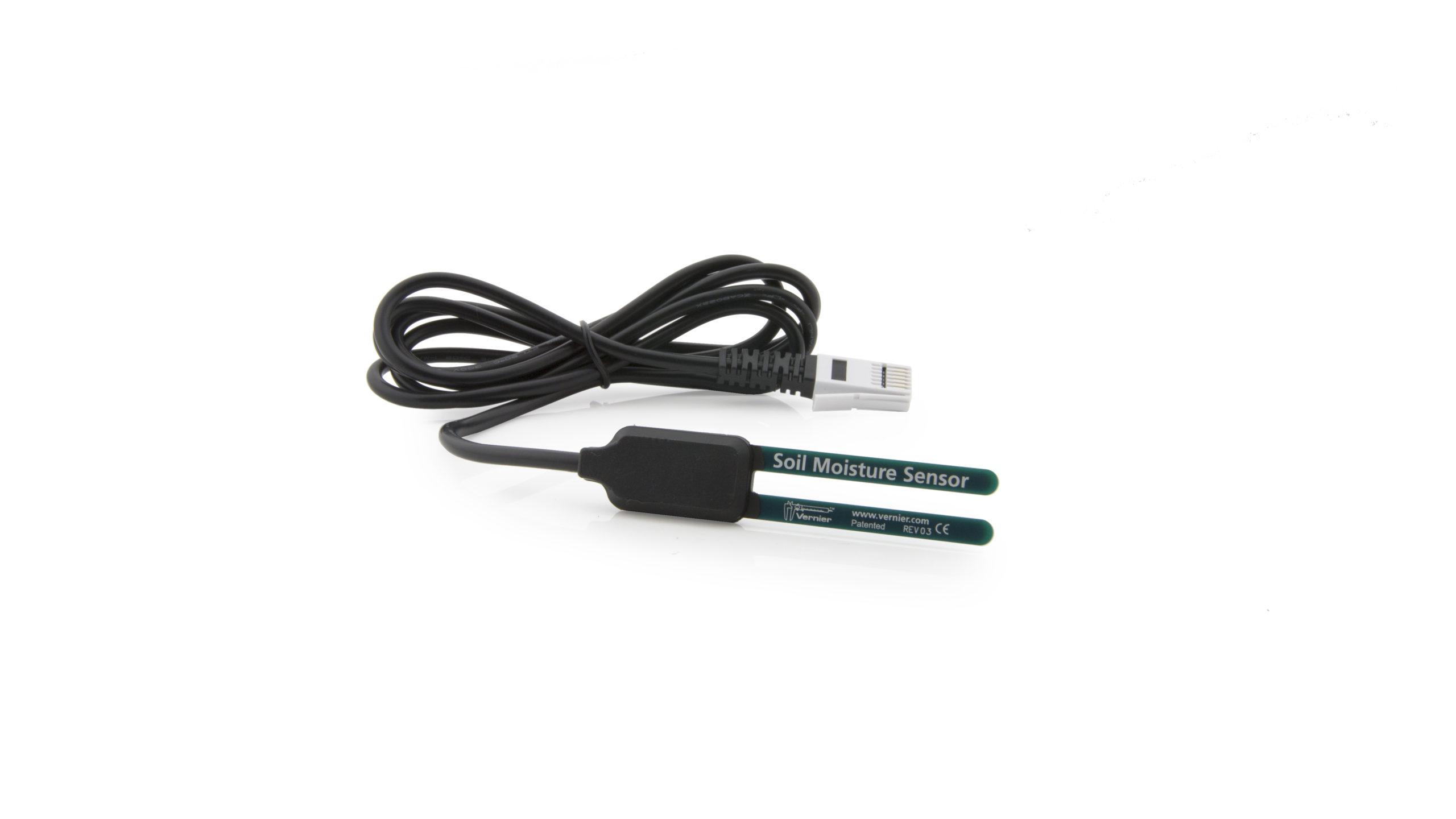Water Cycle Column Investigations
Experiment #17 from Investigating Environmental Science through Inquiry
- Subject
- Environmental Science

Introduction
In this experiment, you will use a Water Cycle Column and probeware as you investigate the hydrologic cycle and related concepts.
In a typical three-bottle Water Cycle Column, water moves up a wick from a pool of water in the bottom chamber to soil in the middle chamber by capillary action. Water in the soil can evaporate and become water vapor in the middle chamber. Transpiration, the loss of water vapor from the aerial surfaces of plants, is an additional source of water vapor in the middle chamber.
Objectives
In the Preliminary Activity, you will gain experience using a pH Sensor and learn pH measuring technique as you determine the pH of a water sample.
After completing the Preliminary Activity, you will first use reference sources to find out more about the hydrologic cycle and related concepts before you choose and investigate a researchable question.
Sensors and Equipment
This experiment features the following sensors and equipment. Additional equipment may be required.
Correlations
Teaching to an educational standard? This experiment supports the standards below.
- International Baccalaureate (IB)/Environmental Systems and Societies
- 4.1 Introduction to water systems
- International Baccalaureate (IB) 2025/Biology
- C4.2.1—Ecosystems as open systems in which both energy and matter can enter and exit
- C4.2.2—Sunlight as the principal source of energy that sustains most ecosystems
- C4.2.3—Flow of chemical energy through food chains
Ready to Experiment?
Ask an Expert
Get answers to your questions about how to teach this experiment with our support team.
- Call toll-free: 888-837-6437
- Chat with Us
- Email support@vernier.com
Purchase the Lab Book
This experiment is #17 of Investigating Environmental Science through Inquiry. The experiment in the book includes student instructions as well as instructor information for set up, helpful hints, and sample graphs and data.








